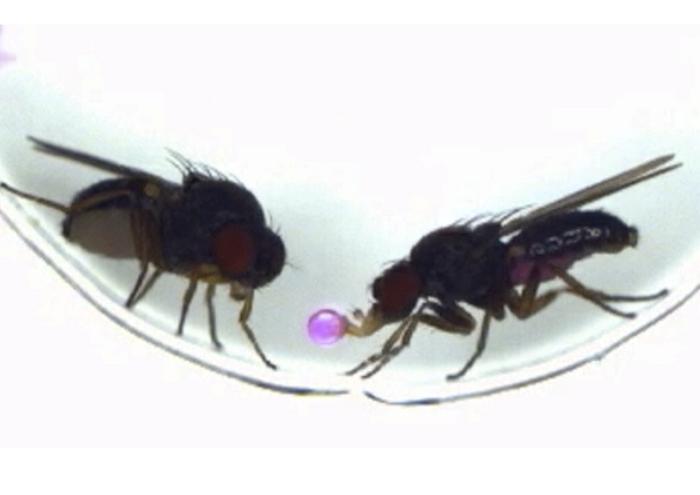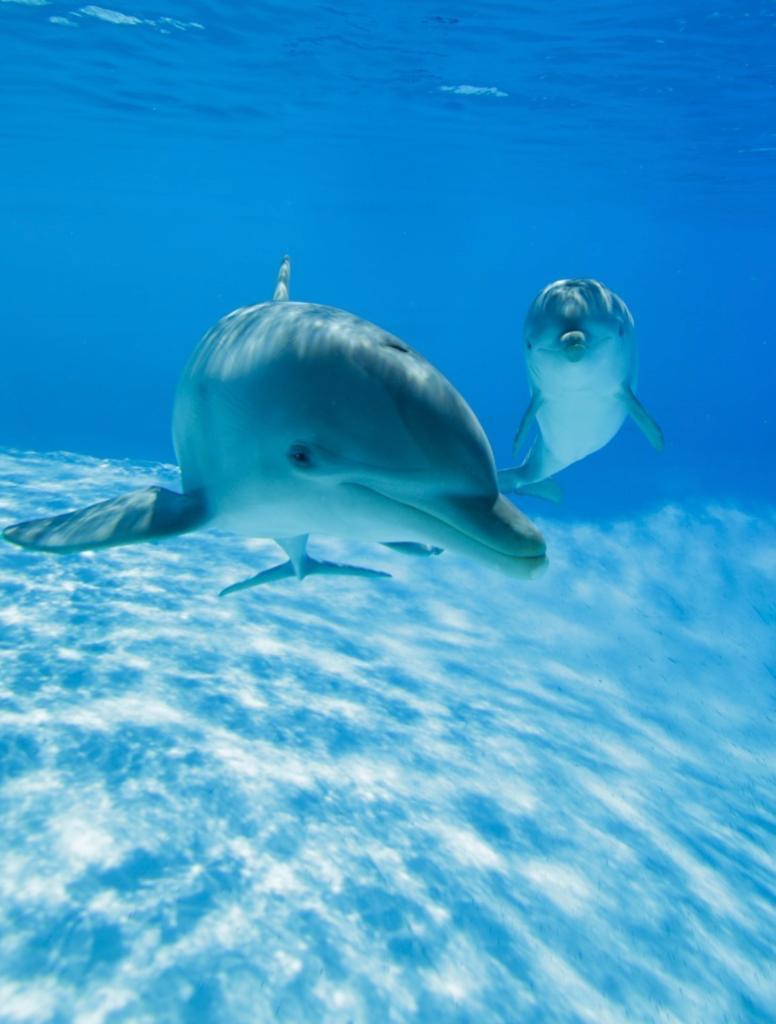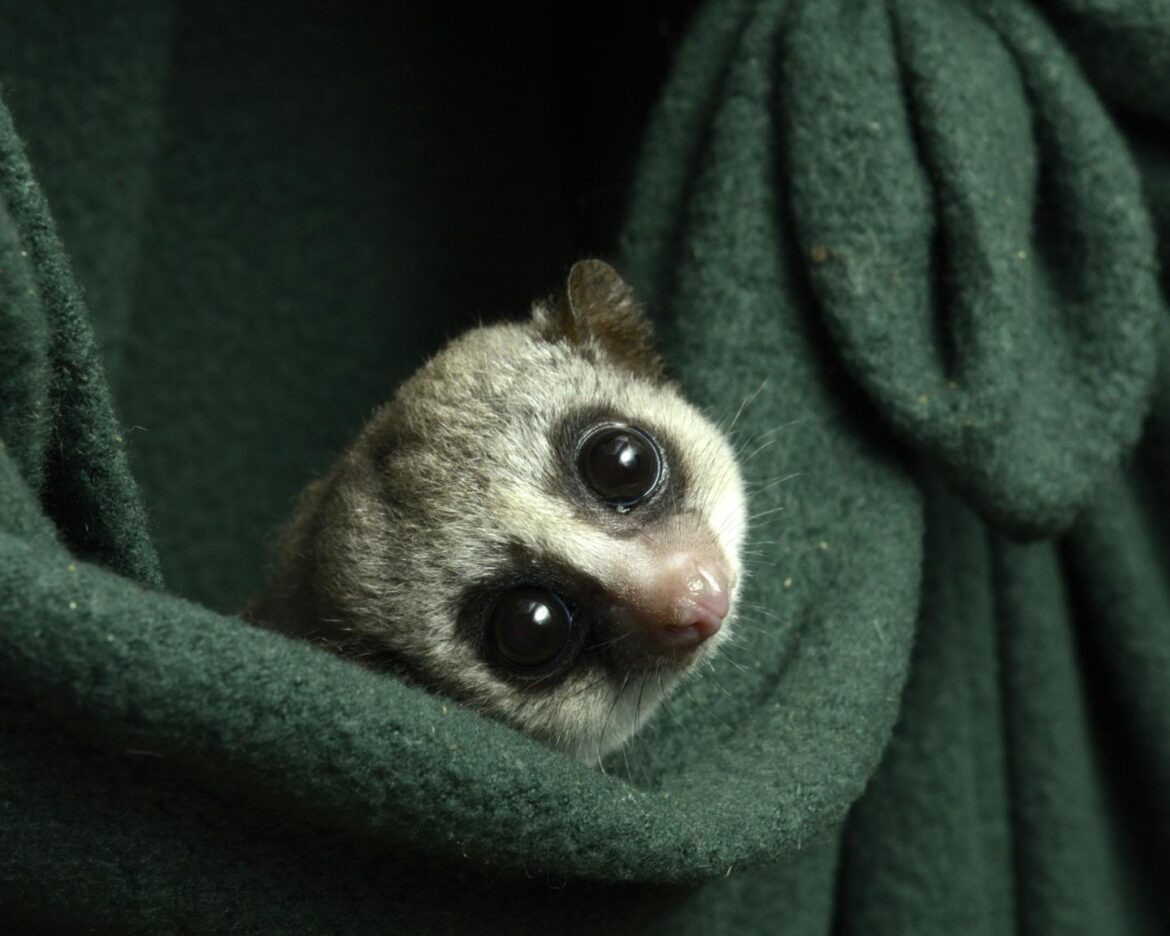New fossils show how “bizarre” armoured dinosaur, Spicomellus afer, had 1 metre spikes sticking out from its neck
Research fossils show that the famous tail weapons of ankylosaurs evolved much earlier than previously thought
The world’s most unusual dinosaur is even stranger than first realised…
Today, research published in Nature reports that Spicomellus afer had a tail weapon more than 30 million years before any other ankylosaur, as well as a unique bony collar ringed with metre-long spikes sticking out from either side of its neck.
Spicomellus is the world’s oldest ankylosaur, having lived more than 165 million years ago in the Middle Jurassic near what is now the Moroccan town of Boulemane. It was the first ankylosaur to be found on the African continent.

New remains of Spicomellus found by a team of palaeontologists have helped to build upon the original description of the unusual animal. The initial description of the species was published in 2021 and was based on one rib bone. The team now know that the animal had bony spikes fused onto and projecting from all of its ribs, a feature not seen in any other vertebrate species living or extinct. It had long spikes, measuring 87 centimetres, which authors believe would have been even longer during the animal’s life, that emerged from a bony collar that sat around its neck.
Prof Susannah Maidment of Natural History Museum, London, and the University of Birmingham, who co-led the team of researchers said, “To find such elaborate armour in an early ankylosaur changes our understanding of how these dinosaurs evolved. It shows just how significant Africa’s dinosaurs are, and how important it is to improve our understanding of them.”
“Spicomellus had a diversity of plates and spikes extending from all over its body, including metre-long neck spikes, huge upwards-projecting spikes over the hips, and a whole range of long, blade-like spikes, pieces of armour made up of two long spikes, and plates down the shoulder. We’ve never seen anything like this in any animal before”
“It’s particularly strange as this is the oldest known ankylosaur, so we might expect that a later species might have inherited similar features, but they haven’t.”
Project co-lead, Professor Richard Butler of the University of Birmingham, said, “Seeing and studying the Spicomellus fossils for the first time was spine-tingling. We just couldn’t believe how weird it was and how unlike any other dinosaur, or indeed any other animal we know of alive or extinct. It turns much of what we thought we knew about ankylosaurs and their evolution on its head and demonstrates just how much there still is to learn about dinosaurs”.
Authors postulate that this array of spikes would have been used for attracting mates and showing off to rivals. Interestingly, similar display armour has not yet been found in any other ankylosaur, with later species possessing armour that probably functioned more for defence.
One explanation for this is that as larger predatory dinosaurs evolved in the Cretaceous, as well as bigger carnivorous mammals, crocodiles and snakes, the rising risk of predation could have driven ankylosaur armour to become simpler and more defensive.
One feature of early ankylosaurs that may have survived, however, is their tail weaponry. While the end of Spicomellus’ tail hasn’t been found, the bones that do survive suggest that it had a club or a similar tail weapon.
Some of the tail vertebrae are fused together to form a structure known as a handle, which has only been found in ankylosaurs with a tail club. However, all these animals lived millions of years later in the Cretaceous.
Authors of the study believe that the combination of a tail weapon and an armoured shield that protected the hips suggest that many of the ankylosaurs’ key adaptations already existed by the time of Spicomellus.
The discovery reinforces the importance of the fossil record in solving evolutionary puzzles and deepening our understanding of the geographic distribution of dinosaurs. It also helps to spark public imagination in dinosaurs as we learn more about the baffling characteristics of species like Spicomellus.
Professor Driss Ouarhache, lead of the Moroccan team from the Université Sidi Mohamed Ben Abdellah who co-developed the research, says, “This study is helping to drive forward Moroccan science. We’ve never seen dinosaurs like this before, and there’s still a lot more this region has to offer.”
The Spicomellus afer remains that form the basis of this study were cleaned and prepared at the Department of Geology of the Dhar El Mahraz Faculty of Sciences in Fez, Morocco, using scientific equipment provided by the University of Birmingham’s Research England International Strategy and Partnership Fund. The fossils are now catalogued and stored on this site.
The paper ‘Extreme armour in the world’s oldest ankylosaur’ is available now in Nature.
This research is part of the Natural History Museum’s Evolution of Life Research Theme that seeks to reveal the causes and consequences of evolutionary and environmental change, which is central to understanding life on Earth. It is also a contribution from the Earth Heritage Network at the University of Birmingham, which seeks to develop new ways to use palaeontological resources for the benefit of society.
Bibliographic information:
Maidment, S.C.R., Ouarhache, D., Ech-charay, K. et al. Extreme armour in the world’s oldest ankylosaur, Nature (2025), DOI: https://doi.org/10.1038/s41586-025-09453-6
Press release from the University of Birmingham.






















